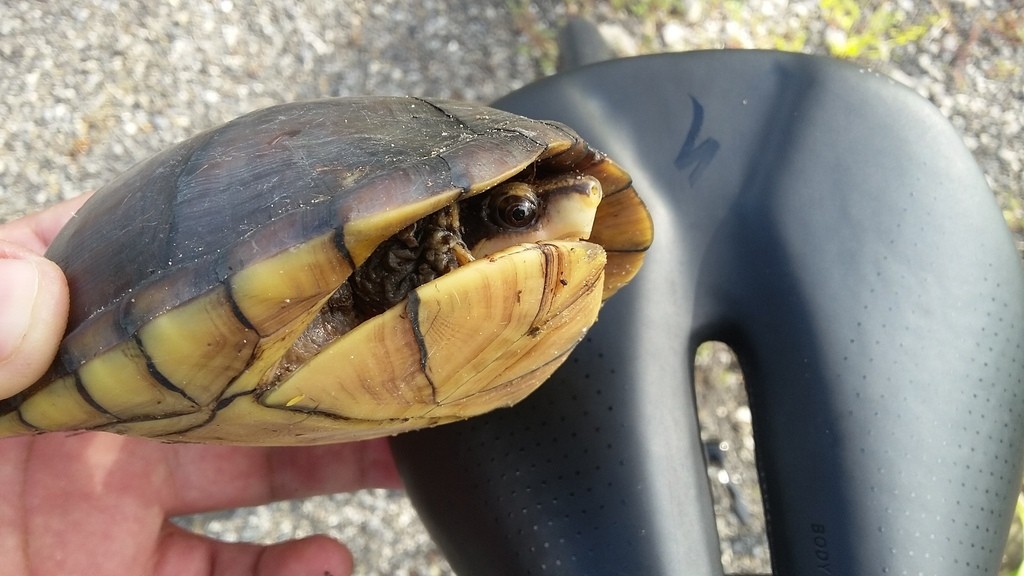Kinosternon leucostomum leucostomum
A species of Mud turtles Scientific name : Kinosternon leucostomum leucostomum Genus : Mud turtles
Kinosternon leucostomum leucostomum, A species of Mud turtles
Scientific name: Kinosternon leucostomum leucostomum
Genus: Mud turtles
Content
Description General Info
 Photo By eder_herpnandez , used under CC-BY-NC-4.0 /Cropped and compressed from original
Photo By eder_herpnandez , used under CC-BY-NC-4.0 /Cropped and compressed from original Description
Kinosternon leucostomum leucostomum provides an exceptional example of an adaptable mesopredator, boasting a diet ranging from mollusks to vegetation, facilitating significant nutrient cycling within their habitats. Notably, their reproductive strategy involves high-frequency nesting, sometimes laying clutches multiple times annually, strategizing for increased offspring survival odds. These behaviors underscore kinosternon leucostomum leucostomum's critical ecological role in aquatic ecosystems.
General Info
Lifespan
20-30 years
Diet
Kinosternon leucostomum leucostomum largely feeds on aquatic invertebrates, predominantly insects and crustaceans. This opportunistic omnivore also includes mollusks, fish, and plant material in its diet, always adapting to available local resources.
Appearance
Kinosternon leucostomum leucostomum is of small size with a body covered by a domed, hard shell that features a dark olive-brown to black color. The belly or plastron shell appears hinged and is tending to be yellowish. It has a distinct jaw outline, shaped like a scoop, and a small tail. In adult males, the tail is thicker and longer, while younger kinosternon leucostomum leucostomum have brighter coloration, with a pattern of lines on shells which fade with age.
Behavior
Kinosternon leucostomum leucostomum is primarily a nocturnal, solitary species renowned for its secretive lifestyle. Its behavior notably includes underwater foraging for small crustaceans and mollusks. This species is non-aggressive unless its territory, marked by distinctive scent signals, is trespassed. Remarkably, it demonstrates an adaptive behavior of digging itself into substrates for camouflaging against predators.